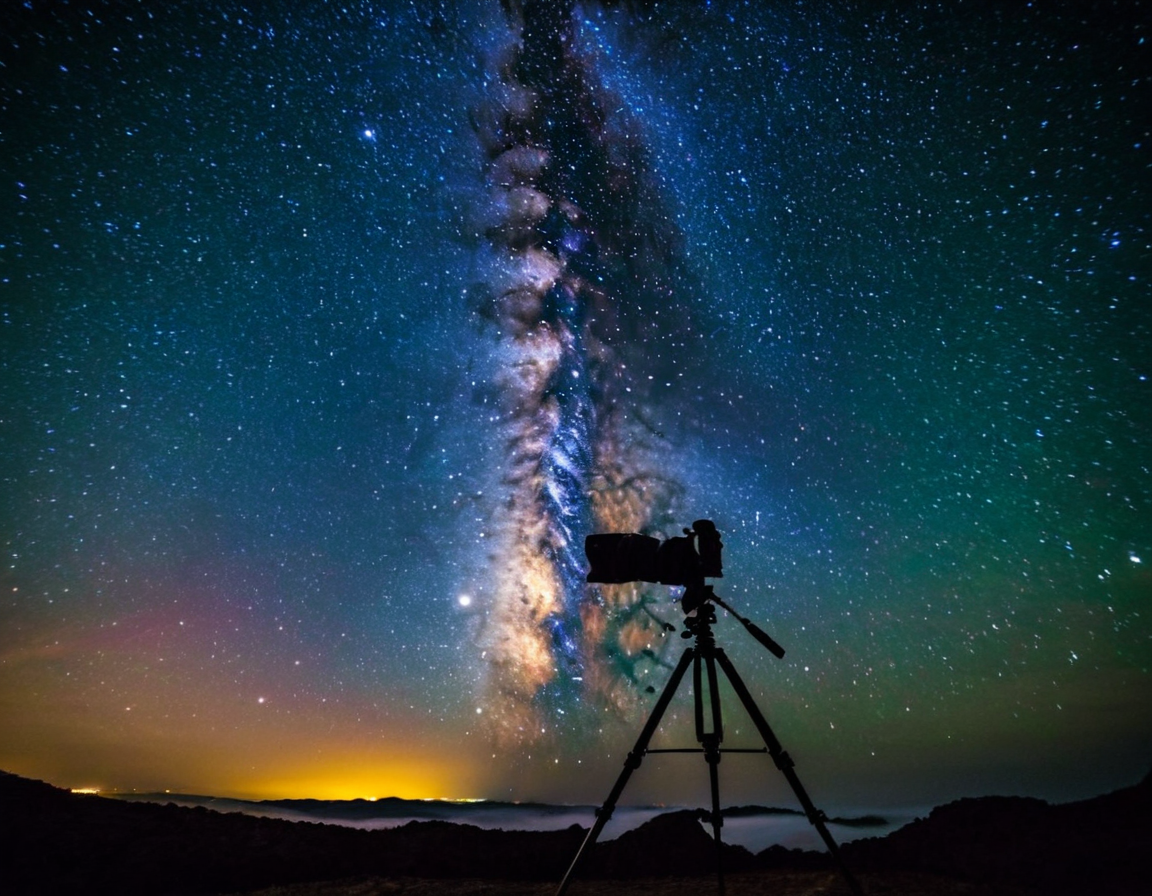AstroTips: Mirrorless Astrophotography Secrets

Introduction to Astrophotography with Mirrorless Cameras
The world of astrophotography has long been dominated by DSLR cameras, but the rise of mirrorless technology has opened up new possibilities for capturing stunning celestial images. In this article, we will delve into the world of astrophotography with mirrorless cameras, exploring the key techniques and tips to help you improve your skills.
Understanding Your Camera
Before we dive into the nitty-gritty of astrophotography, it’s essential to understand your camera’s capabilities and limitations. Mirrorless cameras are designed to be compact and lightweight, making them ideal for travel and backpacking trips. However, this also means they lack the bulk and stability of DSLRs.
To get started, you’ll need a mirrorless camera with manual controls, such as the Sony A7R or Canon EOS R. It’s also crucial to invest in a sturdy tripod, remote shutter release, and a cable release.
Setting Up Your Camera for Astrophotography
Pre-Shooting Checklist
Before we begin, ensure you have the following:
- A clear understanding of your camera’s settings
- A suitable location with minimal light pollution
- A sturdy tripod and remote shutter release
- A cable release or camera timer
Manual Mode vs. Aperture Priority Mode
When it comes to astrophotography, you’ll need to switch to manual mode (M) or aperture priority mode (A/Av). The former allows for more precise control over your camera’s settings, while the latter is better suited for capturing stars.
In manual mode, set your camera to:
- Manual focus (MF)
- Manual exposure bracketing (e.g., +/- 3 stops)
- ISO 100-400
Aperture priority mode (A/Av) should be used with a wide-aperture lens (f/2.8 or wider). Set your aperture to the maximum available and adjust the shutter speed accordingly.
Composition and Planning
Astrophotography is as much about planning as it is about technical skills. Research your subject beforehand, considering factors like:
- Time of year and celestial events
- Weather conditions
- Location accessibility
Planning Your Shoot
Before you start shooting, make sure to plan your composition carefully. Consider the following:
- Leading lines: Use natural features like roads or paths to lead the viewer’s eye to the subject.
- Symmetry: Utilize symmetry to create a sense of balance and order.
- Framing: Use elements in the environment to frame your subject.
Tips for Capturing Stunning Astrophotography
Star Trails and Light Painting
Star trails and light painting can add an extra layer of creativity to your astrophotography. To achieve this, use a slow shutter speed (around 10-30 seconds) and move around the camera while it’s exposed.
Example:
- Use a wide-angle lens (between f/2.8 and f/5.6)
- Set your camera to manual mode
- Focus on infinity
- Shoot in RAW format
Focus Stacking and Zoning
Focus stacking involves capturing multiple images with different focus points, then combining them later using software. This technique can be used to capture sharp images of distant celestial objects.
Example:
- Use a macro lens or extension tubes
- Set your camera to manual mode
- Focus on infinity
- Shoot in RAW format
Conclusion and Next Steps
Astrophotography with mirrorless cameras is a challenging but rewarding pursuit. By following the tips and techniques outlined above, you’ll be well on your way to capturing stunning celestial images.
Call to Action: Share your astrophotography work and learn from others in our community forum.
Remember, practice makes perfect. Get out there and start experimenting with different techniques and settings. Happy shooting!
About Elizabeth Hernandez
I'm Elizabeth Hernandez, a seasoned editor with a passion for the intersection of voyeur photography and erotic fiction. With a background in fine art and literature, I help curate stories that spark desire and conversation on voyeurpicture.com. Let's explore the boundaries together.
